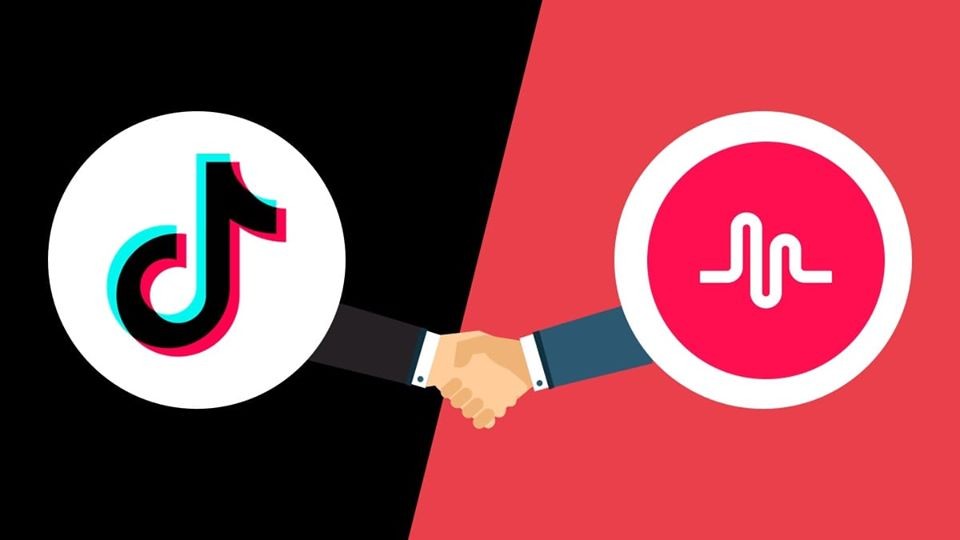Evolution of a Social Media Giant into TikTok
In the fast-evolving world of social media, Musical.ly stood as a groundbreaking platform that captured the hearts of millions, especially among the younger generation. Its innovative blend of short-form video content and music-based creativity set the stage for what would later become a social media revolution. Today, although the name Musical.ly may not be as widely recognized, its legacy lives on through its transformation into TikTok, one of the most downloaded and influential apps globally. Let’s explore the story of Musical.ly and how it reshaped the digital landscape.
The Birth of Musical.ly
Founded in 2014 by Alex Zhu and Luyu Yang, Musical.ly was initially envisioned as a platform for educational videos. However, recognizing the entertainment potential in short, lip-synced videos, the founders quickly pivoted to a music-centric model. Users could create 15-second videos, syncing their actions to popular songs, movie quotes, or sound bites, all within a few taps. The app’s user-friendly interface allowed anyone to feel like a music video producer. The introduction of creative features like filters, special effects, and hashtags further enhanced its appeal. With millions of daily active users, Musical.ly became a digital playground where teens and young adults expressed their personalities and creativity in unprecedented ways.The Rise to Popularity
Musical.ly’s explosive growth can be attributed to several key factors:- Music as the Core: The app was tailored for a generation deeply engaged with music and pop culture. By leveraging a vast library of popular tracks, Musical.ly empowered users to bring their favorite songs to life.
- Viral Trends and Challenges: Musical.ly fostered a community-driven culture, with viral trends and challenges spreading rapidly across the platform. These challenges encouraged creativity and helped boost engagement.
- Influencer Ecosystem: The app also gave rise to a new breed of digital stars known as “Musers.” These influencers garnered millions of followers and became role models for content creation, helping further the app's reach.

